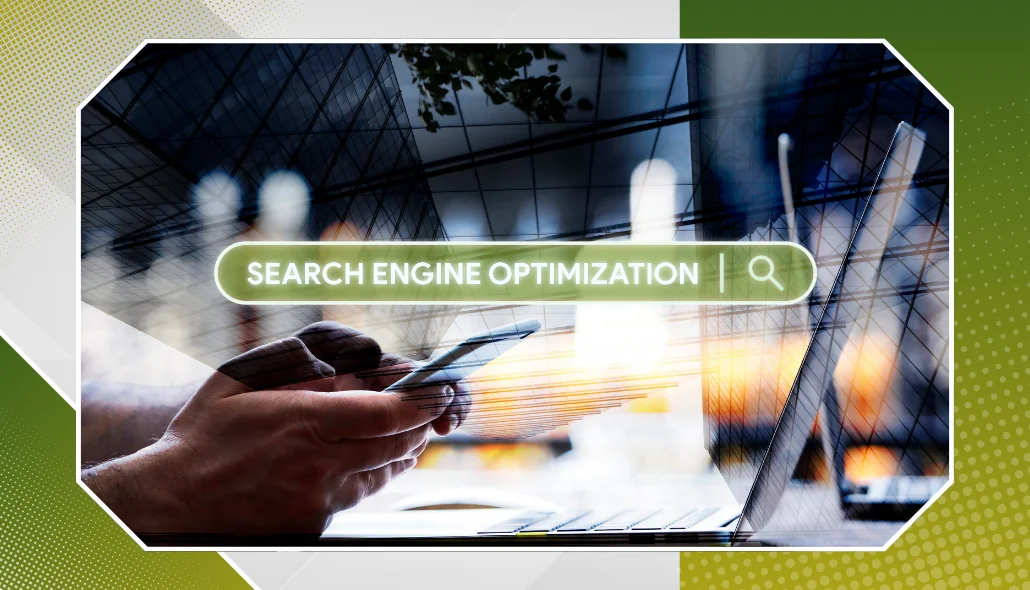Follow these recommendations for a good UX and SEO in Australia
A website’s user experience (UX) includes many different factors in addition to how it appears, such as how simple it is to browse, whether it works on different platforms, inclusivity, content quality, and a variety of other factors. Auditing your website and then enhancing its UX design is the ideal method to start this process. Below are a few recommendations provided by Rankingeek Marketing agency for a wonderful UX design and excellent SEO in Australia.
• Easy Navigation
The organization and connections between the many pages of your website are described in the navigation structure. Websites frequently include intricate navigation and strong site architecture, which presents a challenge when focused solely on SEO and rankings. A website with straightforward navigation is practical and simple to use.
It enables the user to complete their task more quickly and uncertainly. There are times when having fewer web pages is preferable to having more. For SEO in Australia purposes, one webpage with quality content and an understandable layout are usually sufficient. All of this will aid Google in recognizing the subject matter of your website, which could raise your rankings.
• Mobile – Friendly
According to Broadband Search mobile devices are used by more than 50% of website visitors. A poor mobile experience will stop users from visiting your website and has been proven to have an impact on your SEO rankings.
Consider how elements like photos, content and the overall design of your page will appear on a mobile screen. The usability of your website, and consequently its Google rating, are enhanced by keeping everything concise and clear.
• Page Layout
The SEO of a website might be hampered by layout design, content arrangement, and text size. UX design may combine SEO with the visual appeal of a website to increase usability and increase traffic. This can be accomplished by incorporating graphics and video, placing calls to action across the website, employing clear headers, structuring and formatting the content in a way that makes it simple to read, or including links to other relevant online resources.
• Page Loading Time
A site that loads quickly provides a better user experience. As a result, search engines value site loading speed as a ranking criterion. Since these websites are frequently browsed on mobile devices for convenience’s sake, content-heavy and news websites in particular should be aware of site speed issues. To make the pages load really quickly, select a quick web host, optimize your code, reduce the size of your picture files, and take any other steps necessary.
You can input your URL in Google’s PageSpeed Insights tool to check for potential mobile responsiveness issues with your site. PageSpeed Insights assesses how the page can perform in terms of time to load above the fold and time to load the complete page and offers specific recommendations for speeding up page load times.
• Headings
Headings are a wonderful method to categorize information, incorporate keywords, and improve SEO. Headings (h1, h2, h3, h4, h5, and h6) should describe the topics covered in each paragraph or section and display a logical structure of the information for users and search engines.
In case a person gets lost on a page, headings are also helpful. Additionally, you are not required to use them all; in some cases, your material may just require an h1 and a few h2s. Use the header tags in a logical manner as required.
• Logo
When a user first visits your website, one of the first things they will see is your logo. It should be clear, obvious, and uncluttered. The logo or tagline should convey the purpose of your website and relate to the requirements of the user.
Make a memorable logo that will help you stand out to customers, keep your brand in their minds, and foster good feelings toward you. The memories and emotions of humans are deeply symbolically related to logos.
Conclusion
Easy site navigation, relevant content, mobile compatibility, and quick loading times can all help you rank better in the search results since Google places great value on user experience (UX). If your target audience is unable to effectively interact with your site, it doesn’t matter how imaginatively designed it is or how well-optimized your content is. You’re going to need positive UX to go along with your SEO in Australia if you want your website to rank well.





